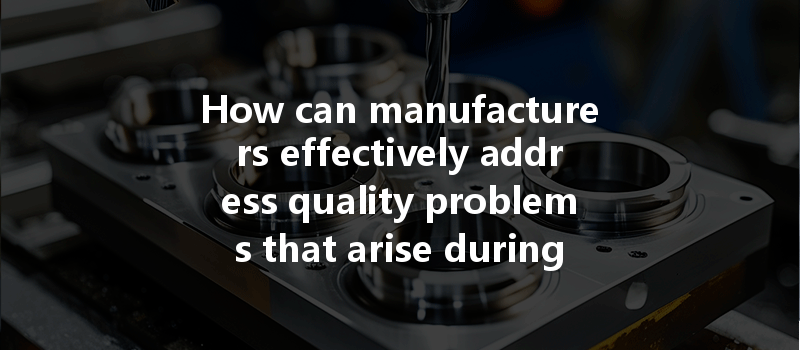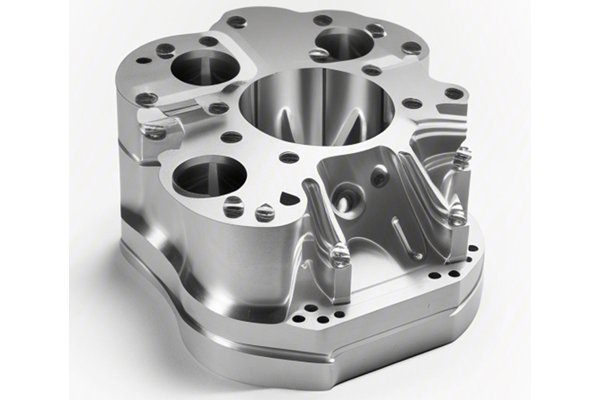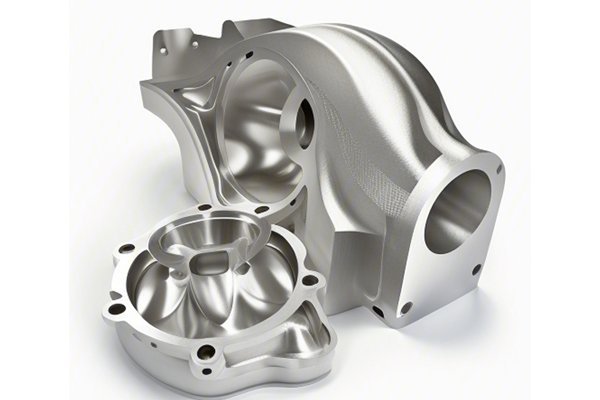Did you know that nearly 40% of manufacturing companies admit to facing quality problems during CNC (Computer Numerical Control) machining? As these advanced machines revolutionize the manufacturing landscape, the challenges that come with them, especially in quality control, can have significant implications for productivity and profitability. For manufacturers operating in competitive markets, understanding and addressing CNC machining quality issues isn’t just a necessity; it’s a critical factor for survival.
In this comprehensive blog, we aim to demystify the common quality problems encountered during CNC machining and provide practical, actionable solutions that manufacturers can implement to combat these issues.
Understanding Quality Problems in CNC Machining
Quality problems in CNC machining can stem from various sources, including machine wear, improper programming, material inconsistencies, and operator errors. Some of the most prevalent quality issues include:
By identifying these issues, manufacturers can begin to implement targeted solutions.
Solutions to CNC Machining Quality Problems
Problem: Machines that are not properly maintained can lead to inaccuracies in machining.
Solution: Establish a routine maintenance schedule to inspect, clean, and calibrate CNC machines. This involves:
Investing in predictive maintenance technologies can also be beneficial, as they use data analytics to predict when a machine may fail, allowing for preemptive repairs.
Problem: Excessive tool wear can lead to dimensional inaccuracies and poor surface finish.
Solution: Implement a robust tool wear monitoring program. This includes:
Using advanced tool path simulations can also help optimize tool usage and minimize wear.
Problem: Inadequate programming can lead to significant machining errors.
Solution: Invest in advanced programming training for operators and programmers. Employ techniques such as:
Implementing a peer review process where programming decisions are discussed and evaluated can also be useful.

Problem: Variability in raw materials can lead to inconsistent machining results.
Solution: Establish a material approval process:
Employing a robust incoming quality control (IQC) system allows manufacturers to catch material-related issues before they affect machining.
Problem: Human error remains one of the leading causes of quality issues in CNC machining.
Solution: Create a comprehensive training program for operators that includes:
Utilizing simulation software for operator training can provide hands-on experience without the risk of damaging equipment.
Advanced Quality Control Measures
Solution: SPC involves monitoring machining processes through statistical methods to detect variability. By analyzing data from the manufacturing process, manufacturers can:
Using SPC tools not only improves quality but also increases process predictability and stability.
Solution: Invest in metrology solutions such as 3D scanning technologies that allow for precise inspection of parts against their CAD models.
This method ensures rapid feedback loops that can significantly reduce defects in the final product.
Solution: Embrace methodologies such as Lean manufacturing and Six Sigma to foster a culture of continuous improvement.
Regularly refining processes based on the input from various stakeholders can lead to significant enhancements in quality.
Addressing quality problems in CNC machining is more than a reactive measure; it requires a proactive, multifaceted approach that encompasses maintenance, training, technology, and continual improvement. By employing the solutions outlined in this blog, manufacturers can significantly reduce the incidence of quality issues, ensuring that they not only meet customer expectations but exceed them.
As the landscape of manufacturing continues to evolve, staying ahead of quality issues will undoubtedly play a pivotal role in achieving long-term success. Remember, investing in quality today will yield rewards in operational efficiency and customer satisfaction tomorrow.
Exploring robust solutions to CNC machining quality problems is worth your time; doing so can enhance your reputation in the industry, increase profitability, and contribute to sustainable practices within your manufacturing processes. Identifying and solving these issues should be a priority for every manufacturer seeking to thrive in today’s competitive environment.






